Kawasaki Mule Pro vs. Yamaha Viking
Are you torn between choosing the Kawasaki Mule Pro or the Yamaha Viking? Both these utility vehicles have their unique features and advantages. In this blog post, we will provide you with a detailed comparison to help you make an informed decision. Whether you're a rugged off-road enthusiast or a hardworking farmer, keep reading to find out which vehicle suits your needs better.
The Kawasaki Mule Pro and the Yamaha Viking are two popular side-by-side utility vehicles designed for rough terrains and demanding tasks. While they share some similarities in terms of purpose, there are distinct differences in their design, performance, comfort, and additional features.

Performance and Handling
When it comes to performance, the Kawasaki Mule Pro boasts a powerful 812cc three-cylinder engine, delivering impressive torque and acceleration. This vehicle offers excellent low-end power for tackling tough trails and hauling heavy loads. On the other hand, the Yamaha Viking features a 686cc liquid-cooled engine that provides smooth power delivery and decent off-road capabilities. It may not match the sheer power of the Mule Pro, but it still handles challenging terrains well.
Both vehicles offer selectable 2WD and 4WD options to adapt to different conditions. The Kawasaki Mule Pro stands out with its inclusion of electric power steering (EPS), which enhances maneuverability and reduces fatigue during long rides. However, some riders prefer the more direct feel of manual steering found in the Yamaha Viking.
Carrying capacity and safety features
When it comes to hauling capacity, both utility vehicles excel in their own ways. The Kawasaki Mule Pro has an impressive payload capacity of up to 1,700 pounds (771 kilograms) and can tow up to 2,000 pounds (907 kilograms). The Yamaha Viking, on the other hand, can carry up to 600 pounds (272 kilograms) in its cargo bed and has a towing capacity of 1,500 pounds (680 kilograms). If you require heavy-duty hauling capabilities, the Mule Pro may be the better choice.
In terms of safety features, both vehicles prioritize rider protection. The Kawasaki Mule Pro offers a roll-over protective structure (ROPS), side nets for added security, and doors as optional extras. The Yamaha Viking comes equipped with a ROPS frame and three-point seat belts for all occupants. Additionally, it features large disc brakes for reliable stopping power in all conditions.
Comfort and extra features
Comfort is an essential factor to consider during long rides or when working for extended periods. The Kawasaki Mule Pro's cab design provides ample legroom, well-padded bench seating for three adults, and plenty of storage options. It also features adjustable tilt steering, making it easier to find a comfortable driving position.
The Yamaha Viking focuses on rider comfort with its well-designed seating arrangement that allows easy entry and exit from the vehicle. Its interior provides good ergonomics and supports three occupants comfortably.
Both vehicles come with additional features such as digital instrumentation displays and automotive-style controls for convenience during operation. However, the Kawasaki Mule Pro stands out with its integrated roof that provides excellent overhead protection from harsh weather conditions.
Price and Maintenance Costs
Price is often an important consideration when choosing a utility vehicle. The Yamaha Viking generally has a slightly lower starting price compared to the Kawasaki Mule Pro. However, it's crucial to consider long-term maintenance costs and availability of spare parts when making your decision.
Conclusion
To recapitulate, the Kawasaki Mule Pro and the Yamaha Viking are both reliable and powerful utility vehicles. The Mule Pro stands out with its robust performance, higher hauling capacity, and advanced features like electric power steering. On the other hand, the Yamaha Viking offers a more budget-friendly option while still delivering decent off-road capabilities and rider comfort.

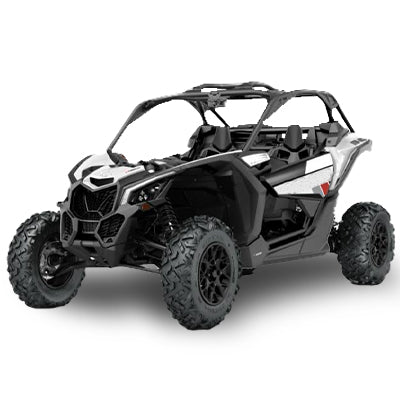
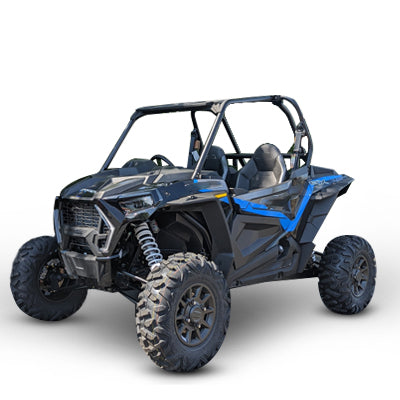
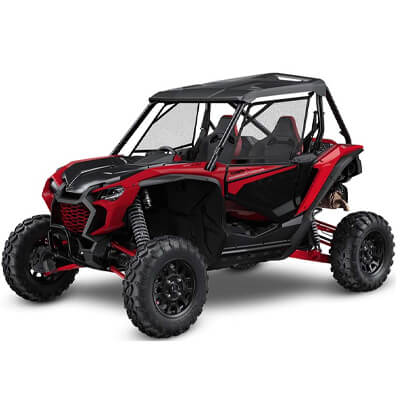
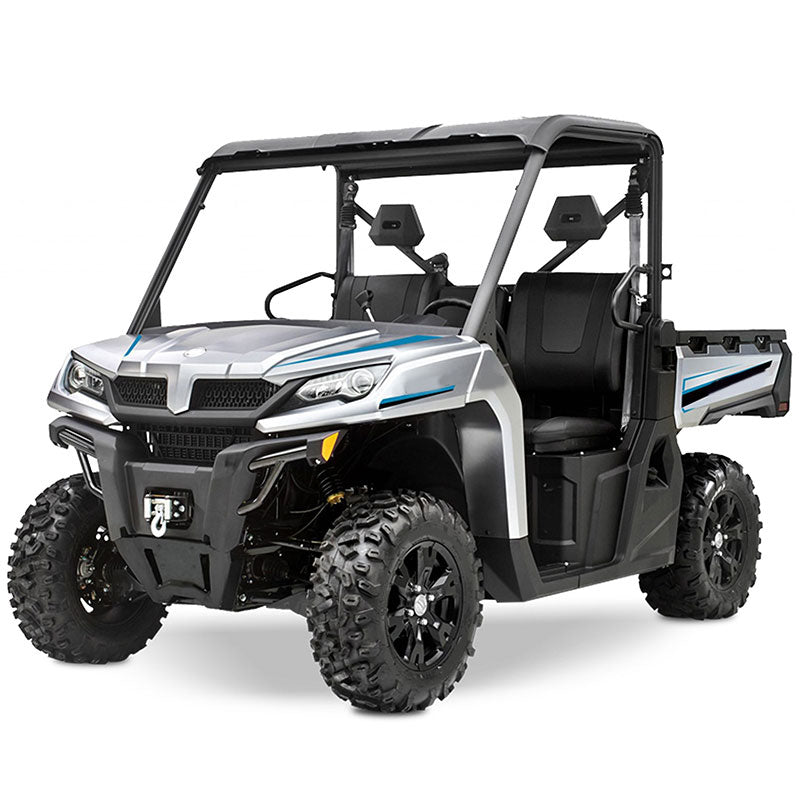
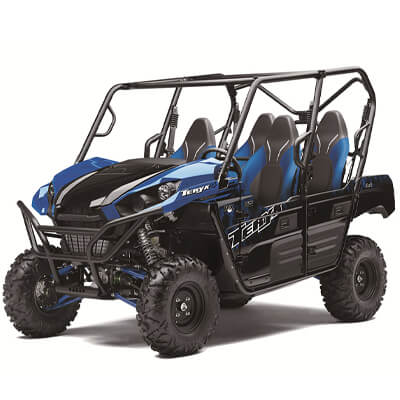
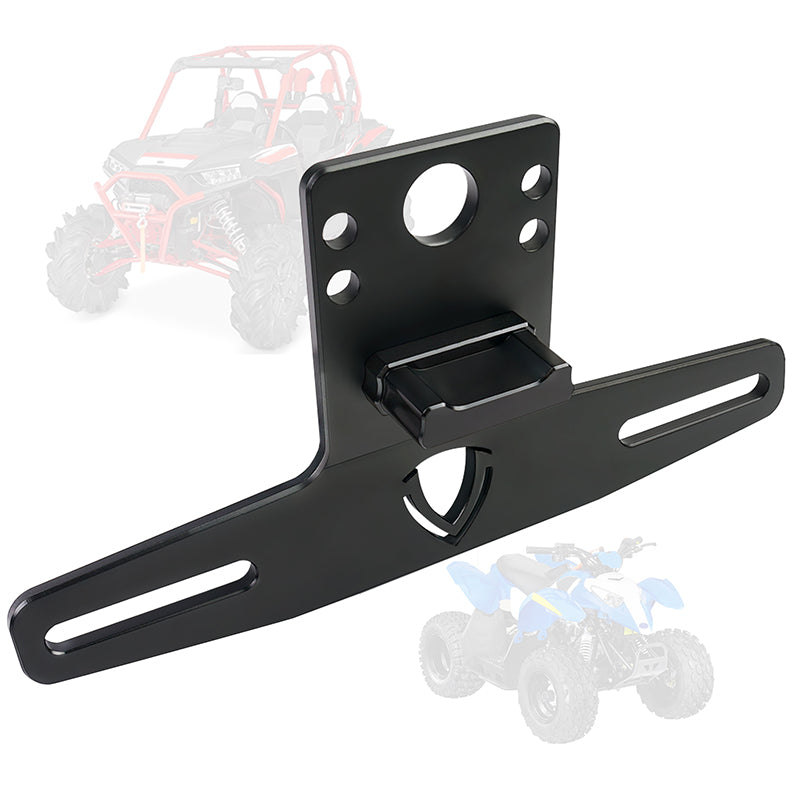
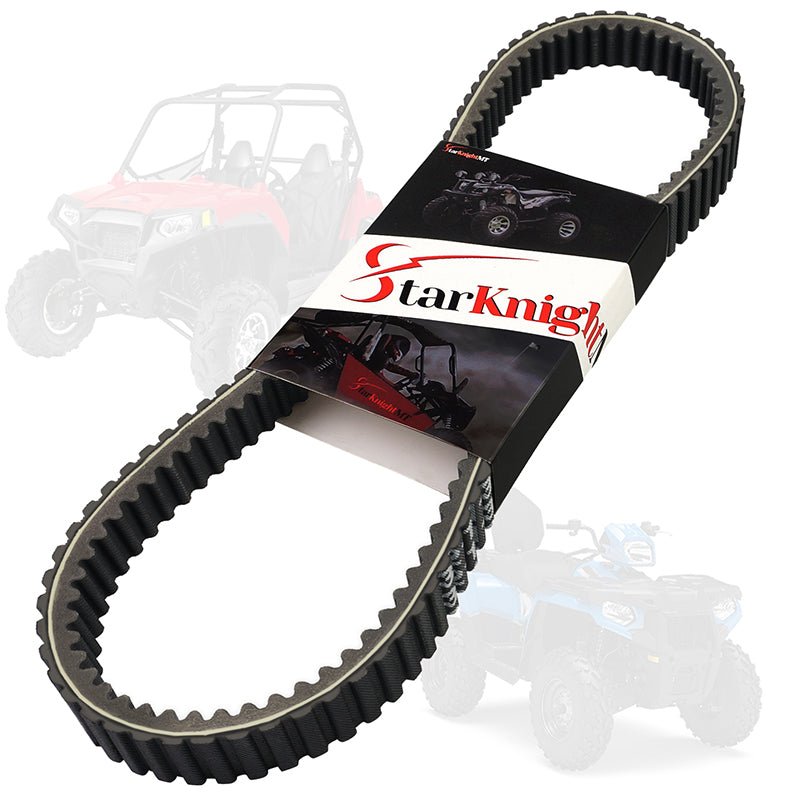



Leave a comment